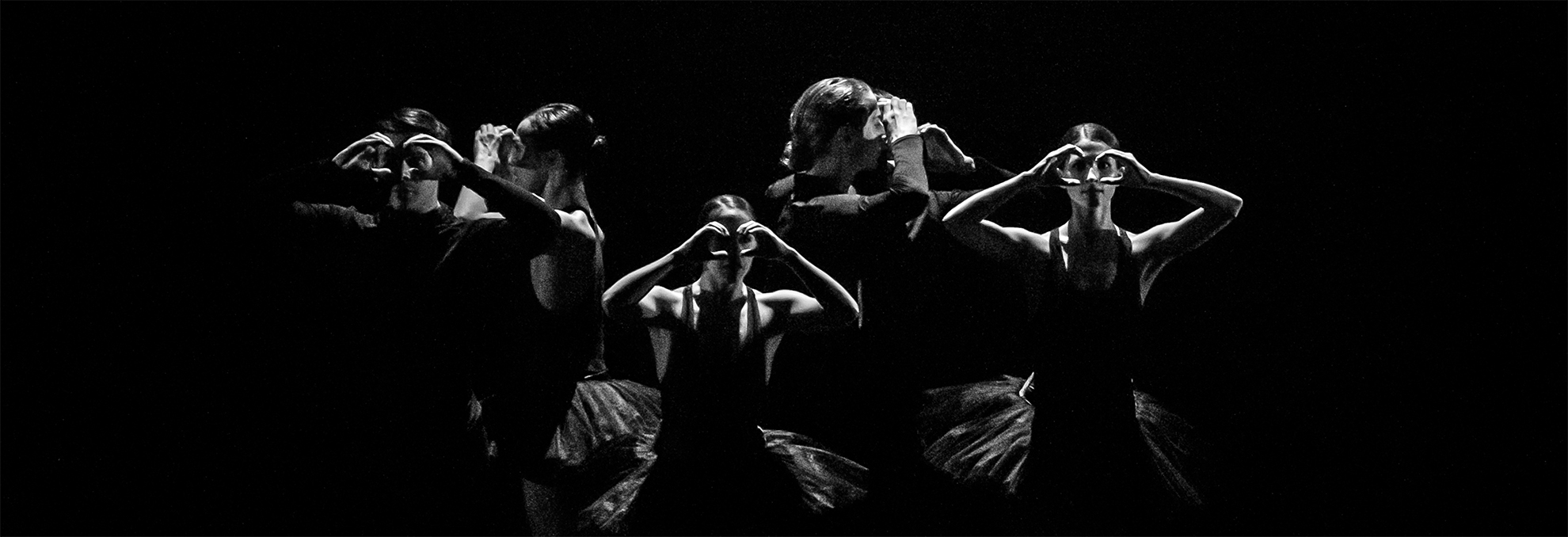Bruce Wood Dance Dallas is approaching its sweet sixteen with a season that blurs boundaries between genres, generations, and creative disciplines. Artistic director Joy Bollinger, who has led the company since 2018, calls it a season built on “connection and risk,” the kind of programming that welcomes both longtime supporters and new audiences into the fold.
The season opens Aug. 9-10, 2025, at the Kalita Humphreys Theater with Imagine, a first-time collaboration with Uptown Players that Bollinger calls “a dream finally lining up.” Company dancers Cole Vernon, Elliott Trahan, and Weaver Rhodes will choreograph original works in a cabaret-style evening that fuses live singing, theatricality, and dance.
Set to an eclectic playlist that spans John Lennon to Elton John, Imagine will make creative use of the Kalita’s iconic turntable stage. “There’s something really exciting about showing dance in an actively shifting environment,” Bollinger adds. “It’s a fantastic way to start the season: collaborative, innovative, and completely fresh.”
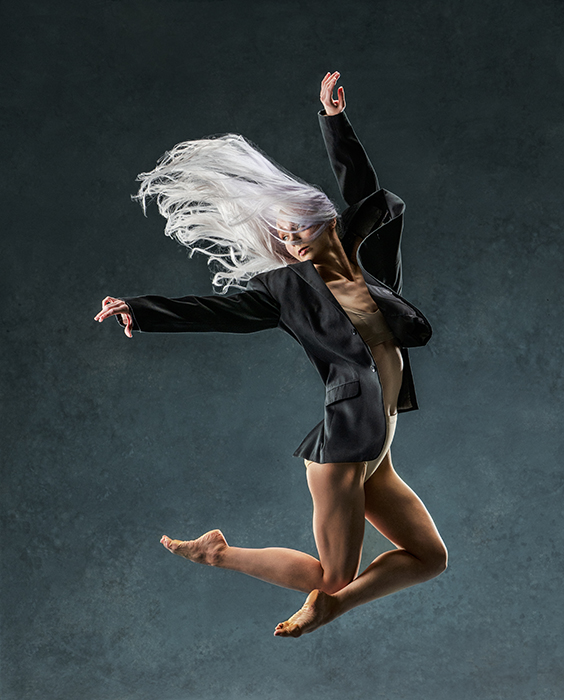
1 ⁄5
Bruce Wood Dance Dallas dancer Megan Storey. Photo by Kent Barker.
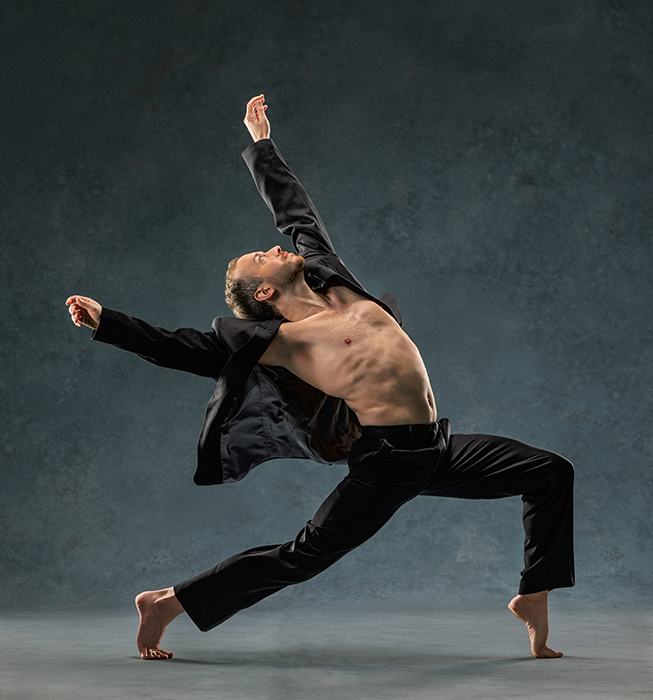
2 ⁄5
Bruce Wood Dance Dallas dancer Weaver Rhodes. Photo by Kent Barker.
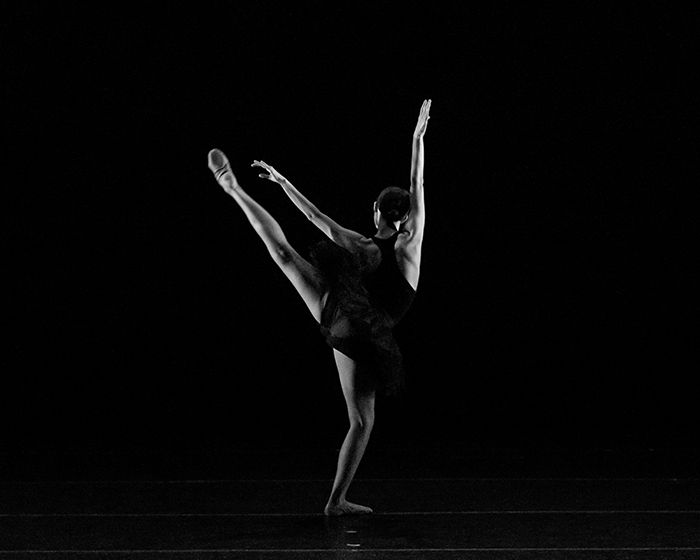
3 ⁄5
Bruce Wood Dance Dallas dancer Mallory Ketch in Bruce Wood’s Sea to Sail In. Photo by Sharen Bradford.
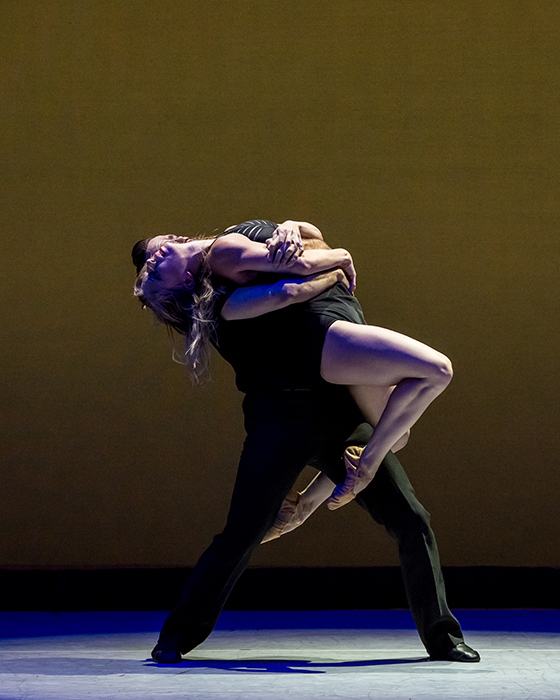
4 ⁄5
Bruce Wood Dance Dallas dancers Olivia Davis and Gabriel Speiller in Bruce Wood’s Zero Hour. Photo by Sharen Bradford.
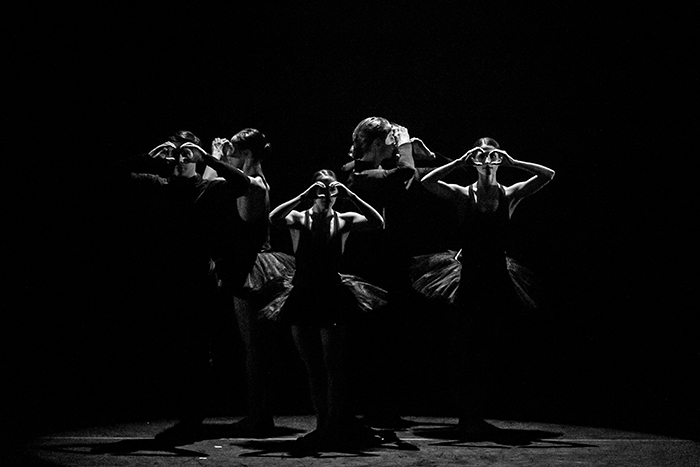
5 ⁄5
Bruce Wood Dance Dallas in Bruce Wood’s Sea to Sail In. Photo by Sharen Bradford.
Commissioned by the FWSO, Bollinger’s new Alice is a 40-minute dance-theater adaptation of Lewis Carroll’s classic tale, set to Joby Talbot’s whimsical score. In an unusual twist, the orchestra will share the stage with the dancers, with the front section extended over the orchestra pit to make space for choreography and close visual interplay.
“There’s nothing like dancing to live music in a grand space like that,” she says. “To have the bodies and instruments so close, pushing the sound directly into the audience, it’s incredibly visceral.”
Next, Bruce Wood Dance Dallas returns to Moody Performance Hall for Glow (Nov. 21-23, 2025), a program anchored by a major world premiere from Robert Battle, former artistic director of Alvin Ailey American Dance Theater.
Bollinger recalls first seeing Battle’s explosive solo Takademe in a Dallas performance by Jennifer Mabus: “It was a grand slam, so precise, so muscular, so clear. I’ve always remembered how impactful it was.”
The program also includes Lar Lubovitch’s Concerto Six Twenty-Two, a staple in the company’s repertoire but presented here in full for the first time in years. Originally created in response to the AIDS epidemic, the work’s central male duet, about companionship and mutual care, remains one of contemporary dance’s most affecting passages.
Rounding out the evening is Bruce Wood’s No Sea to Sail In, set to Steve Reich’s minimalist music. Originally created in Fort Worth, the work’s austere aesthetic—dark leotards, angular lighting, and striking formations—signaled a bold turn in Wood’s choreographic voice. “He was pushing himself into uncharted territory,” says Bollinger. “There are no circles, no softness, except for the dancers miming binoculars with their hands. It’s stark and smart and unlike anything else in his canon.”
The new year brings the return of WOOD/SHOP, an annual choreographic showcase by company dancers, performed at Bruce Wood Dance Gallery. After consistently sold-out runs, the 2025 edition will expand to two weekends: Feb. 21–22, 2026, and Feb. 28–March 1, 2026.
On March 28, the company lets loose with Culture Shock, a fundraiser performance that resurrects highlights from Bruce Wood’s trilogy of dance-theater works inspired by the 1950s, ’60s, and ’70s. The show, which originally ran as a full evening-length production, will be distilled into a greatest-hits-style party performance at a soon-to-be-announced venue.
“People love a theme,” Bollinger laughs. “Last year, we held the fundraiser at Gilley’s and folks came in full Western outfits. It was fun, relaxed, and still full of artistic substance.”
Lang, now resident choreographer at Pacific Northwest Ballet, is known for her intelligent design and quiet authority onstage. “She’s able to define a space with the simplest gesture,” says Bollinger. “Her work is so clean, so thoughtful. It whispers rather than yells.”
Wood’s Zero Hour, set to music by Astor Piazzolla, opens with a rhythmic procession that pulses with urgency. “The dancers begin with their backs to the audience, just repeating this phrase, slowly moving away—it’s like watching a tide go out,” Bollinger says. “It sets the tone for something magnetic and intense.”
Bollinger herself will premiere a new work, MOVE, in collaboration with Dallas-based muralist JM Rizzi and German musician levi.sct. Inspired by Rizzi’s vibrant street art and levi.stt’s reimaginings of classical piano over dubstep beats, the piece plays with classical forms and urban energy.
Plans are also underway for a spring tour to South Texas, including stops at Victoria College and the University of Texas Rio Grande Valley. It’s part of a larger effort to share the company’s work beyond Dallas while staying connected to its Texas roots.
“We get good works so we can share good works,” Bollinger says simply. “Even though we’re not in New York or Paris, we’re building something meaningful here. And we want people to know that.”
—LINDSEY WILSON

